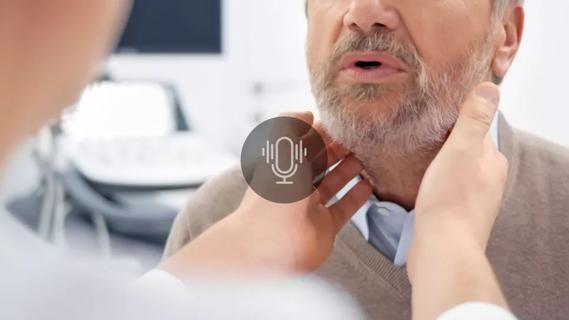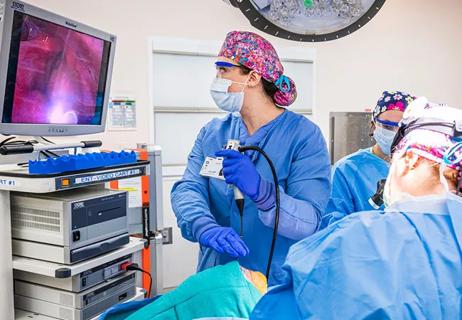Restoring the ear to normal anatomy

Infants born with congenital ear deformities may have ears that are abnormally shaped or positioned or have abnormal folds. If not addressed, these anatomic changes can be permanent. For most deformities, there is a relatively easy, nonsurgical treatment: ear moldings. When applied to infant ears, they can correct ear deformities such as protruding or prominent ears, constricted/lop/cup, Stahl’s ear, deformities of the outer rim of the ear (also called helical rim deformities) or a combination of these malformations.
Advertisement
Cleveland Clinic is a non-profit academic medical center. Advertising on our site helps support our mission. We do not endorse non-Cleveland Clinic products or services. Policy
In the first six weeks after birth, infant ears have high levels of maternal estrogen, making them soft and pliable. This is the optimum time to apply ear moldings but they can be used for up to three months of age.
“The earlier ear moldings are applied, the better. The ears are not only more pliable in early infancy but the infant is less likely to pull them off,” says Cleveland Clinic pediatric otolaryngologist Swathi Appachi, MD.
Ear moldings are a combination of appliances, including silicone molds and clips, and surgical tape or a headband to hold them in place. Placement is painless and can be completed in half an hour and the adhesive reinforced at home. After two weeks, the ears are checked. If the deformity is not yet corrected, a new molding device is applied. The child is checked again in two weeks and the device worn for another two weeks if needed, for up to six weeks of treatment. In general, treatment can take less time in younger infants. “We’ve had excellent results in restoring the ear to a normal anatomy,” says Dr. Appachi.
The only other option for correcting ear deformities is surgery which can’t be performed until a child is four or five years old at the earliest, when the ear is close to adult size. Surgery is a more invasive option and can be an hours-long procedure; avoiding surgery is preferable for most families if possible.
Since ear deformities are uncommon, pediatricians may not be aware of ear moldings and their benefits. “If ear deformities aren’t corrected, it can lead to problems later in life. The child may be self-conscious about not having the same ears as everyone else and may get picked on at school. Ear moldings spare the child this difficulty by making the ear look more anatomically normal in a noninvasive way,” says Dr. Appachi. She recommends referring infants with ear deformities for an otolaryngology consultation if parents are interested in treating the condition.
Advertisement
Advertisement

A roundtable discussion on aesthetic surgery

A look at the wide-range of services provided by periodontists

Expanded patient criteria and surgical advances mean more patients can benefit

Expert advocates for a stepladder approach

With a wide scope of skills, comprehensive otolaryngologists care for patients of all ages in the community

A comprehensive evaluation and multidisciplinary care are key to caring for patients with vestibular disorders

By using free vascularized fascia lata flaps, surgeons can overcome some of the aesthetic and functional challenges historically associated with nasal reconstruction

Personalized care enhances patient experience, optimizes voice quality